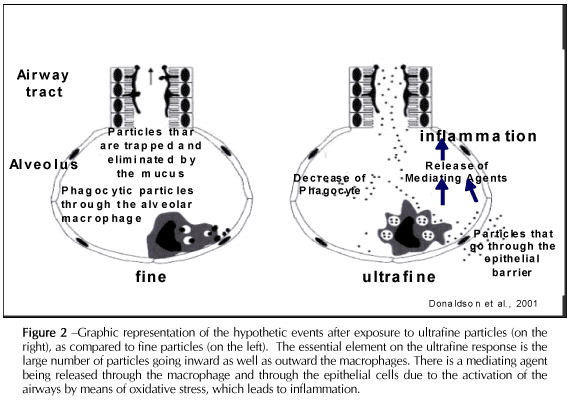The first thought that comes to mind concerning air pollution is related to urban centers where automotive exhausts and the industrial chimneys are the most important sources of atmospheric pollutants. However a significant portion of the earth’s population is exposed to still another source of air pollution, the burning of biomass that primarily affects developing countries. This review article calls the attention of lung specialists, public authorities and the community in general to the health risks entailed in the burning of biomass, be it indoors or outdoors to which the population is exposed. This review describes the main conditions that lead to the burning of biomass and how the literature has recorded its effects on human health discussing the psychopathological mechanisms. Finally two recent studies are presented that emphasize an important type of biomass burning that of the sugar cane straw. This is a common practice in several regions of Brazil changing the respiratory morbidity standards of the population exposed.
air pollution; biomass; sugar cane; smoke; vegetation fires; respiratory disease







